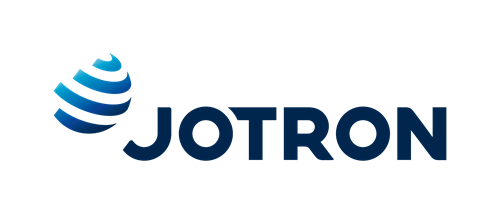MUAC starts operational use of ATN Automatic Dependent Surveillance-Contract (ADS-C)

Maastricht – ATS B2 Automatic Dependent Surveillance – Contract (ADS-C) via the aeronautical telecommunications network (ATN) is operational at EUROCONTROL’s Maastricht Upper Area Control Centre as from today.
ADS-C enables aircraft to automatically log on and downlink key aircraft intent flight management system information (e.g. the extended projected profile) to the MUAC system, which can be displayed on controllers’ screens.
This leading-edge technology offers enhanced air navigation services to aircraft operators which are equipped with the appropriate technology (ATS B2: CPDLC v2 and ADS-C) and which are registered on the EUROCONTROL log-on list for CPDLC and on the list for ADS-C usage in the MUAC area of responsibility.
ADS-C presents benefits both for air navigation service providers and for aircraft operators.
It increases the efficiency of air navigation services by providing improved flight predictability which leads to more accurate sector traffic load predictions and ultimately enhances operational planning efficiency and brings capacity increases.
ADS-C also offers enhanced safety, for example by automatically checking routes, saving time spent on the voice frequency and reducing mistakes. Also, loadable complex clearances have more clarity, reducing the risk of human errors. Furthermore, ADS-C helps detect early start of turns for large heading changes. Controllers are therefore aware of whether or not an early turn can take an aircraft into an active military area. Medium-term conflict detection could also be fed with ADS-C values.
In addition, ADS-C provides useful information, which has a positive effect on flight efficiency by reducing fuel consumption, emissions and route extension. For example, ADS-C can identify whether a flight can exit a non-active military area before it becomes active, ensuring that the aircraft can fly the shortest routes for as long a period as possible. Thanks to the display of the top of climb, controllers can get a better estimate of climb performance, which can result in earlier direct routings and thereby in fewer miles flown and earlier clearances to the requested level if traffic permits. Finally, thanks to the display of the top of descent and optimal descent profile, controllers can allow aircraft to start the descent later than normal and possibly even fly the optimal descent profile, resulting in a few minutes more at the cruising level, more optimal descent profiles and fewer step descents if the traffic situation allows it.
Illustration 1: display of top of descent (down-pointing pink triangle) and extended projected profile to controllers

Illustration 2: display of top of climb to controllers (up-pointing pink triangle). The estimated top of climb of the climbing traffic (WWW8) and the possibly conflicting traffic (GGG3) are highlighted with red frames
Finally, ADS-C data could help improve the cross-border arrival management (XMAN) algorithm for high-density aerodromes, providing more accurate time-over-point and speeds, which could help improve the predictions of runway occupancy time.
“ADS-C provides benefits for both controllers and aircraft operators and ultimately allows for better air traffic management, enhanced safety, flight efficiency, and savings for all key players.The higher the number of aircraft equipped with ADS-C, the more visible all these benefits will be - both for the individual aircraft and also, thanks to higher predictability, at network level. At MUAC, we do realise and confirm the need for an ADS-C common service (ACS) once more air navigation service providers start implementing ADS-C. However, for the time being, we will follow an evolutionary approach as we see this as the best way to drive change. Our current implementation is a major step towards trajectory-based operations, a first step towards future enhancement of existing tools and an enabler for automation for at least the coming decade.” John Santurbano
DIRECTOR OF MUAC EUROCONTROL



.jpg)
.png)




Comments
There are no comments yet for this item
Join the discussion